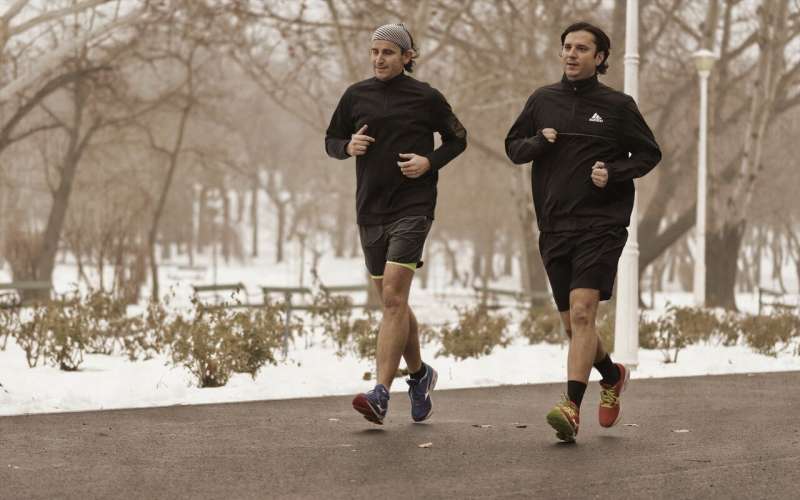The Evolution of Sport: From Ancient Origins to Modern Obsession

Sport is an integral part of human life, evident in daily activities around the globe, from children playing in streets to professional competitions. Its roots trace back thousands of years to ancient civilizations, where ball games and physical contests already held cultural and social significance.
In ancient Greece and Rome, various forms of athletic activities, such as ball games like episkyros, wrestling, swimming, and boxing, were popular. These sports were not just entertainment; they were also considered beneficial for health. Remarkably, ancient physicians like Galen recommended ball games for physical fitness, emphasizing the importance of movement for well-being.
The earliest references to ball games are found in Homer’s epic, the Odyssey, depicting Nausicaa playing a ball game on the beach with her friends. Artistic representations from Egypt, dating back to over 4,000 years ago, showcase women and men participating in sports, indicating that sports have long been woven into human culture.
Why has sport become so beloved? Historical figures shed light on this. Saint Augustine, a prominent thinker from the 4th and 5th centuries AD, recalled his childhood obsession with ball games, driven by the thrill of winning and competition. Such themes—fun, excitement, and the desire to succeed—continue to resonate with modern sports enthusiasts.
Throughout history, sports served multiple purposes: providing entertainment, fostering social bonds, promoting health, and inspiring achievement. The Greeks and Romans regarded sports as vital for physical and moral development, and these ideas persist today.
The enduring appeal of sport is rooted in its universal nature—its ability to entertain, challenge, and bring people together. From ancient ball games to contemporary global competitions, sports continue to be a powerful force in human life, evolving but always maintaining their core aspects of health, competition, and community.
For more insights, visit source.
Stay Updated with Mia's Feed
Get the latest health & wellness insights delivered straight to your inbox.
Related Articles
Personalized Exercise Programs Improve Health Outcomes for Neuromuscular Disease Patients
A new study reveals that personalized home-based exercise programs combined with coaching significantly improve fitness and health outcomes for individuals with neuromuscular diseases.
Insights into Breast Cancer Survivors’ Return to Physical Activity: Challenges and Opportunities
A recent study reveals the benefits and barriers faced by breast cancer survivors in maintaining physical activity, highlighting the need for personalized support and national guidelines to improve recovery outcomes.
Top Tips for Exercising Safely in Cold Weather: Warm-ups, Layering, and Recovery
Discover essential tips for exercising safely in cold weather, including layered clothing, proper warm-up, risk awareness, and recovery strategies to stay healthy and comfortable outdoors.
Reevaluating the Ideal Number of Daily Steps for Better Health
New research suggests that aiming for around 7,000 steps daily provides significant health benefits, challenging the traditional 10,000-step goal. Personalize your movement for better health outcomes.



